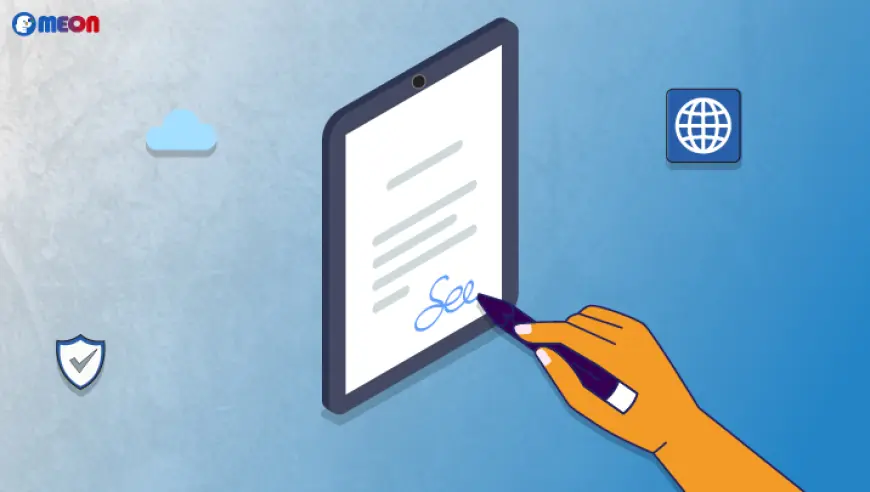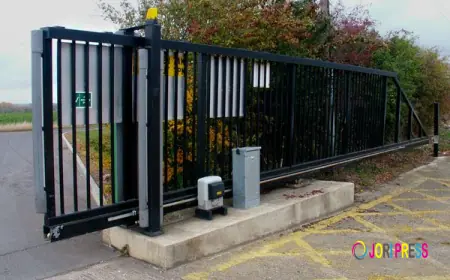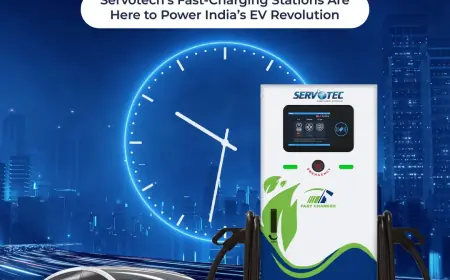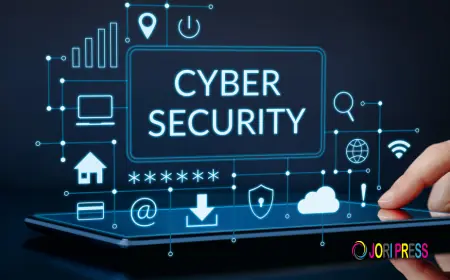How Are Documents Signed Digitally?
Learn how documents are signed digitally using secure eSign solutions. Discover the Aadhaar eSign service, how eSign providers work, and why businesses trust eSign service providers for faster, paperless agreements.

In today’s fast-paced, paperless world, the way we sign documents has transformed dramatically. What once required physical meetings, pen-and-paper signatures, and courier services can now be completed in seconds through digital signing. Businesses, government agencies, and individuals are increasingly turning to secure, reliable, and convenient eSign solutions to simplify their workflows.
But how exactly does digital signing work? Let’s break down the process and understand the technology behind it.
1. Understanding Digital Signatures
A digital signature is a form of electronic signature that uses encryption technology to verify the authenticity of a document and the identity of the signer. Unlike a scanned image of your signature, a digital signature is backed by cryptographic algorithms, ensuring it is secure and tamper-proof.
When you use an eSign provider, your signature is generated as a unique digital fingerprint. This is linked to the document and encrypted, so any alteration to the content after signing will invalidate the signature.
2. The Role of eSign Solutions
An eSign solution is essentially a platform or service that facilitates the secure signing of electronic documents. These platforms handle:
-
Authentication – Ensuring the person signing is indeed who they claim to be.
-
Encryption – Protecting the document from unauthorized alterations.
-
Audit Trails – Keeping a record of the signing process for legal and compliance purposes.
-
Integration – Connecting with business software like CRMs, HR systems, or cloud storage.
Modern eSign solutions are designed to be user-friendly, often requiring nothing more than an internet connection and a mobile or desktop device.
3. The Aadhaar eSign Service in India
In India, the Aadhaar eSign service has revolutionized the way people digitally sign documents. This service allows individuals to sign documents remotely by verifying their identity through their Aadhaar number and OTP (One-Time Password) sent to their registered mobile number.
Here’s how it typically works:
-
You upload the document to the eSign platform.
-
You choose the Aadhaar eSign option.
-
You enter your Aadhaar number and authenticate using OTP or biometric verification.
-
The system applies a secure digital signature linked to your Aadhaar credentials.
This method is legally recognized under the Information Technology Act, 2000, and is widely used for government forms, contracts, loan agreements, and more.
4. How the Digital Signing Process Works Step-by-Step
While the process may vary slightly depending on the eSign service providers, the core steps remain the same:
Step 1 – Upload the Document
The signer or sender uploads the document (PDF, Word, etc.) to a secure eSign platform.
Step 2 – Identify the Signer
The signer’s identity is verified. This could be via email authentication, Aadhaar-based verification, or using other government-approved ID checks.
Step 3 – Apply the Digital Signature
The platform uses a secure private key to generate a unique signature. In the case of Aadhaar eSign, the key is issued by a licensed Certifying Authority.
Step 4 – Encryption & Timestamping
The signed document is encrypted, and a timestamp is added, ensuring the signature cannot be backdated or tampered with.
Step 5 – Delivery & Storage
The signed document is shared with all parties involved, and a copy is securely stored with a complete audit trail for compliance purposes.
5. Why Businesses Choose eSign Providers
Organizations of all sizes are choosing trusted eSign providers because they save time, reduce costs, and enhance security. Key benefits include:
-
Faster Turnaround – Contracts that used to take days can be signed within minutes.
-
Cost Savings – No printing, courier, or storage costs.
-
Legal Validity – In India, Aadhaar-based digital signatures are legally binding.
-
Remote Access – Documents can be signed from anywhere, anytime.
For example, HR departments use eSign solutions for employee onboarding, finance teams for loan agreements, and legal teams for contract approvals.
6. Choosing the Right eSign Service Provider
Not all eSign services are created equal. When selecting a provider, businesses should look for:
-
Compliance with Local Laws – Ensure the provider complies with the Information Technology Act and other relevant regulations.
-
Integration Capabilities – Ability to connect with your business software.
-
User Experience – An intuitive, easy-to-use interface.
-
Security Standards – End-to-end encryption, strong authentication, and regular audits.
In India, licensed eSign service providers are regulated by the Controller of Certifying Authorities (CCA), which ensures they meet stringent security requirements.
7. The Future of Digital Signing
As more organizations embrace digital transformation, the adoption of eSign technology is expected to grow rapidly. Emerging trends include:
-
Biometric eSignatures – Using facial recognition or fingerprints for added security.
-
Blockchain Integration – Providing immutable proof of signatures and document history.
-
AI-Powered Document Processing – Automating contract analysis alongside digital signing.
With growing awareness and government support, Aadhaar-based eSign services are likely to become the default method for most formal agreements in India.
Final Thoughts
Digital signing is more than just a convenience—it’s a secure, efficient, and legally recognized way to authenticate documents. Whether you’re an individual signing a rental agreement or a corporation finalizing a major contract, choosing a reliable eSign solution or working with trusted eSign providers can save time, reduce errors, and enhance compliance.
In India, the Aadhaar eSign service has made it possible for millions to sign documents anytime, anywhere, without the need for physical paperwork. As technology advances, digital signing will continue to redefine how we work, do business, and interact with legal documents—making the future of paperwork truly paperless.
What's Your Reaction?
 Like
0
Like
0
 Dislike
0
Dislike
0
 Love
0
Love
0
 Funny
0
Funny
0
 Angry
0
Angry
0
 Sad
0
Sad
0
 Wow
0
Wow
0


















































